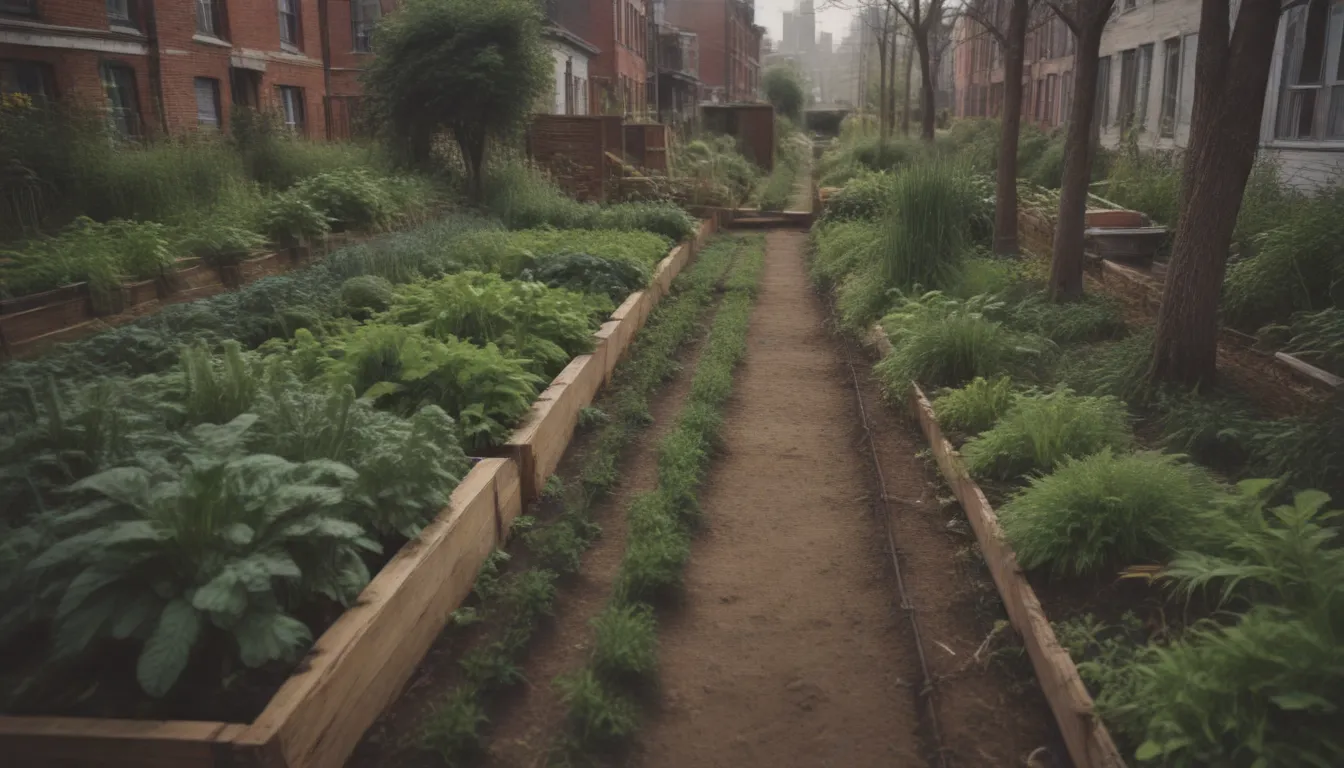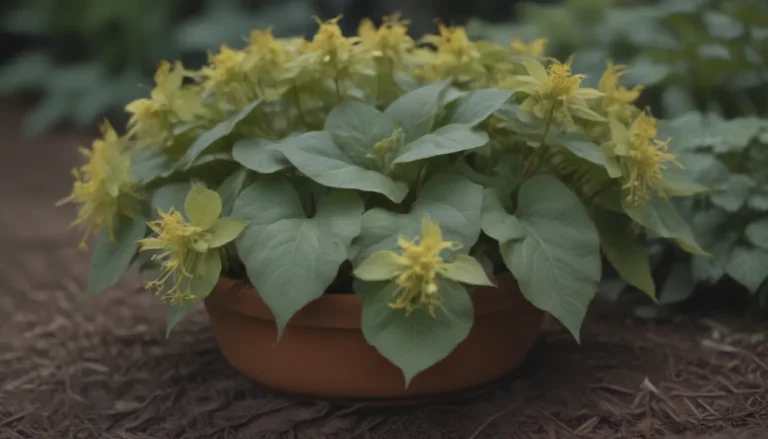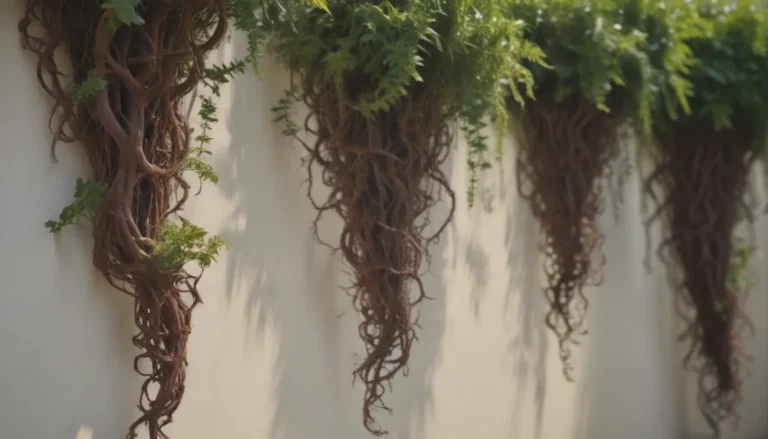The Comprehensive Guide to Urban Gardening: Growing Food Anywhere in the City

Welcome to the ultimate guide to urban gardening, where we explore how you can grow your own vegetables, fruits, herbs, and flowers even in the midst of a bustling city. Whether you have a balcony, patio, rooftop, porch, sunny window, or access to community gardens, there are plenty of ways to get your hands dirty and experience the joys of gardening. Let’s dive into the world of urban gardening and discover how you can start your own garden without needing a backyard.
Getting Started With Urban Gardening
When it comes to urban gardening, the first step is to assess the space you have available. Whether it’s a small balcony, a sunny window sill, or a shared community garden plot, there are countless opportunities to cultivate your own green oasis in the city. Consider the following tips to get started:
- Assess your space: Determine the amount of sunlight your space receives and choose plants that thrive in those conditions.
- Utilize containers: Opt for containers with drainage holes to ensure the health of your plants and prevent root rot.
- Explore resources: Look for local programs that offer free rain barrels, downspout planters, or street trees for your urban garden.
- Seek guidance: Reach out to your county’s cooperative extension office or Master Gardener program for expert advice on urban gardening.
How to Garden in the City
Once you have assessed your space and gathered the necessary resources, it’s time to start planting. Consider the following tips to create a successful urban garden:
- Choose plants wisely: Select plants that are well-suited to your environment and require minimal maintenance.
- Consider time and energy: If you have a busy schedule, opt for low-maintenance plants or explore indoor gardening options.
- Explore different options: From window boxes to balcony gardens, there are various ways to incorporate greenery into your urban space.
Window Boxes
Window boxes are a simple and effective way to add a touch of greenery to your urban dwelling. Consider no-drill window boxes for rental spaces or opt for colorful blooms to brighten up your home.
Balcony
Transform your balcony into a mini garden oasis by growing herbs, flowers, or even dwarf fruit trees. Make the most of your sunny balcony by arranging containers and planters to maximize space.
Porch or Stoop
Utilize your porch, stoop, or sidewalk adjacent to your home for raised planters, potted plants, or hanging baskets. Take inspiration from your neighbors and create a welcoming green space in your urban setting.
Community Garden
Join a community garden or volunteer at an urban farm to connect with neighbors and gain valuable gardening experience. Community gardens offer a shared space for growing food and fostering a sense of community.
How to Create a Patio Garden
Even if you only have a concrete slab to work with, you can still create a lush and vibrant patio garden. Explore border plants, elevated planter boxes, and hanging baskets to make the most of your vertical space.
Best Plants to Grow in the City
When it comes to choosing plants for your urban garden, consider the climate, space, and light conditions of your area. Look for dwarf varieties of shrubs, perennials, vegetables, and fruit trees that are well-suited to small spaces. Here are some plants that thrive in urban environments:
- Tomatoes
- Peppers
- Lettuce
- Herbs
- Strawberries
- Dwarf fruit trees
Common Urban Gardening Problems
While urban gardening offers numerous benefits, there are some common challenges you may encounter. Consider the following issues and solutions to overcome them:
Contaminated Soil
Lead contamination is a significant concern in urban gardening. Take proactive measures by getting your soil tested, sourcing soil from trusted suppliers, or focusing on ornamental plants that won’t be consumed.
Permitting
Depending on your city regulations, you may need permits for certain garden projects. Check with your municipality to ensure compliance and avoid any legal issues.
People and Pets
Gardening in a shared urban environment can expose your plants to theft or damage. Choose hardy plants that can withstand public access and communicate with neighbors about your gardening plans to avoid conflicts.
City Pests of Concern
In urban areas, pests like rats, squirrels, and raccoons can pose a threat to your garden. Use fencing, mesh, or organic insecticides to protect your plants from intruders. Additionally, be mindful of neighborhood pets that may disrupt your garden beds.
In conclusion, urban gardening offers a rewarding opportunity to connect with nature, cultivate your own food, and create a green oasis in the city. By following the tips and guidelines outlined in this guide, you can embark on your urban gardening journey with confidence and success. Happy gardening!




